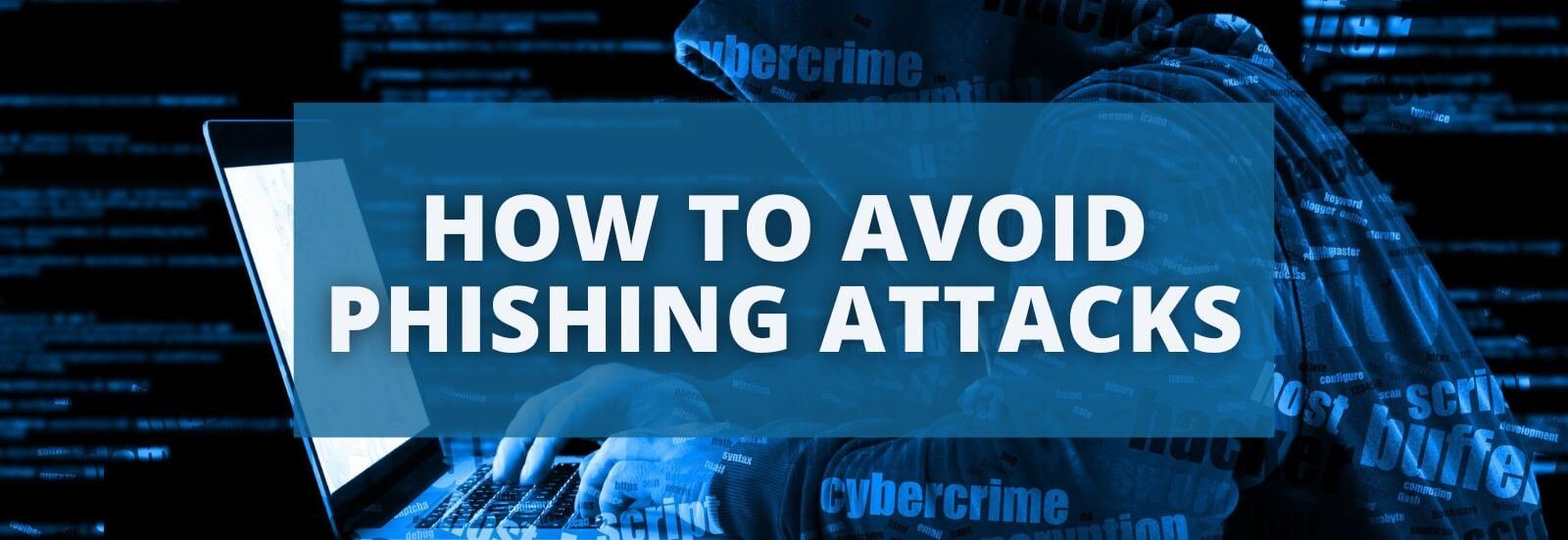How to Spot and Avoid Phishing Emails: Tips for Your Team
How to Spot and Avoid Phishing Emails: Tips for Your Team

Phishing emails remain one of the most common and dangerous cybersecurity threats facing businesses today. These deceptive messages trick employees into revealing sensitive information, clicking malicious links, or downloading harmful attachments, often leading to data breaches or financial losses. For small and medium-sized businesses (SMEs) like those supported by America CyberSquad (ACS), equipping your team with the knowledge to identify and avoid phishing emails is critical. As part of our “Remote Staffing & Talent Outsourcing” blog series, this article provides practical, actionable tips to help your team spot phishing emails and protect your business.
Why Phishing Emails Are a Threat
According to Verizon’s 2024 Data Breach Investigations Report, 68% of data breaches involve social engineering, with phishing emails as the primary attack vector. For SMEs, a single phishing incident can result in stolen credentials, ransomware, or regulatory fines, with IBM’s 2024 report estimating an average breach cost of $4.88 million. Remote teams, often targeted due to dispersed operations, are especially vulnerable. Training your staff to recognize phishing emails is a cost-effective way to strengthen your cybersecurity posture.
What Is a Phishing Email?
A phishing email is a fraudulent message designed to impersonate a legitimate source (e.g., a bank, vendor, or colleague) to manipulate the recipient into:
- Sharing sensitive data (e.g., login credentials, financial details).
- Clicking malicious links that install malware.
- Downloading infected attachments.
- Sending payments to fraudulent accounts.
Phishing emails often exploit urgency, fear, or trust to prompt quick action. Below, we outline key signs to spot phishing emails and practical tips to avoid falling victim.
7 Signs of a Phishing Email
1. Suspicious Sender Address
- The sender’s email may look legitimate but contains subtle discrepancies, such as misspellings or unusual domains.
- Example: Instead of “support@yourbank.com,” you might see “supp0rt@yourbannk.com” or “support@yourbank-security.co.”
- Tip: Hover over (don’t click) the sender’s name to reveal the actual email address. Verify it matches the official domain.
2. Generic or Unusual Greetings
- Phishing emails often use generic salutations like “Dear Customer” instead of your name.
- Example: “Dear John Smith” instead of “Hi John.”
- Tip: Be wary of greetings that feel impersonal or out of character.
3. Urgent or Threatening Language
- Creates a sense of urgency or fear, pressuring quick action.
- Example: “Your account will be suspended in 24 hours unless you verify your details now!”
- Tip: Pause and verify the request through trusted channels.
4. Suspicious Links or Attachments
- Links may lead to fake websites; attachments may contain malware.
- Example: A link labeled “Login to Your Account” points to “http://secure-login-xyz.co” instead of “https://yourbank.com.”
- Tip: Avoid clicking links or downloading attachments unless sure of the sender’s legitimacy.
5. Spelling and Grammar Errors
- Many phishing emails contain typos or awkward phrasing.
- Example: “Your acount has been compromized, please update you’re password imediately.”
- Tip: Legitimate organizations typically proofread their communications.
6. Requests for Sensitive Information
- Phishing emails may ask for passwords or financial details.
- Example: “Please reply with your login credentials to restore your account.”
- Tip: Never share sensitive info via email; verify requests through official channels.
7. Impersonation of Trusted Entities
- Attackers impersonate colleagues, vendors, or brands, mimicking logos or templates.
- Example: An email from “CEO John Doe” requesting urgent wire transfers but with a slightly off email address.
- Tip: Double-check the sender’s identity and cross-verify unusual requests.
6 Tips to Train Your Team to Avoid Phishing Emails
1. Conduct Regular Phishing Awareness Training
- Host quarterly sessions with real-world examples.
- ACS ensures our remote staff receive phishing awareness training.
2. Simulate Phishing Attacks
- Use tools like KnowBe4 or PhishMe to send mock phishing emails.
- Helps employees practice spotting phishing without risk.
3. Implement Strong Email Filters
- Deploy solutions like Microsoft Defender for Office 365 or Barracuda Essentials.
- Filters reduce phishing exposure by flagging suspicious emails.
4. Encourage Verification Protocols
- Train staff to verify suspicious emails by contacting the sender through known channels.
- Use two-factor approval for sensitive transactions.
5. Promote a “Pause and Report” Culture
- Encourage employees to pause before acting and report suspicious messages.
- ACS supports setting up reporting workflows and analysis.
6. Keep Software and Systems Updated
- Ensure all devices have updated antivirus, email clients, and OS patches.
- Use automation tools like WSUS or Ansible for updates.
Additional Best Practices
- Enable Multi-Factor Authentication (MFA): Adds a layer of security beyond passwords.
- Limit Public Information: Reduce employee data on platforms like LinkedIn to prevent spear phishing.
- Backup Data Regularly: Use encrypted backups to mitigate ransomware risk.
- Leverage ACS Expertise: Our vetted African professionals trained in cybersecurity ensure secure workflows.
Why SMEs Can’t Ignore Phishing Training
SMEs are prime phishing targets due to limited security resources. A 2023 Verizon report found 43% of cyberattacks target small businesses, with phishing as the leading entry point. Training your team is a low-cost, high-impact defense. ACS strengthens this by providing remote staff pre-trained in phishing awareness.
Get Started with ACS
America CyberSquad’s Remote Staffing & Talent Outsourcing services provide vetted African professionals who prioritize security and efficiency. Visit americacybersquad.com to explore how we can support your cybersecurity needs, from technical support to secure data management.
Conclusion
Phishing emails pose a significant threat, but with the right training and tools, your team can become your first line of defense. By teaching employees to spot suspicious sender addresses, urgent language, or malicious links, and fostering a culture of verification and reporting, you can protect your business from costly breaches. America CyberSquad’s vetted remote talent and cybersecurity expertise ensure your operations stay secure and efficient. Equip your team with these tips today to stay one step ahead of phishing attacks.

